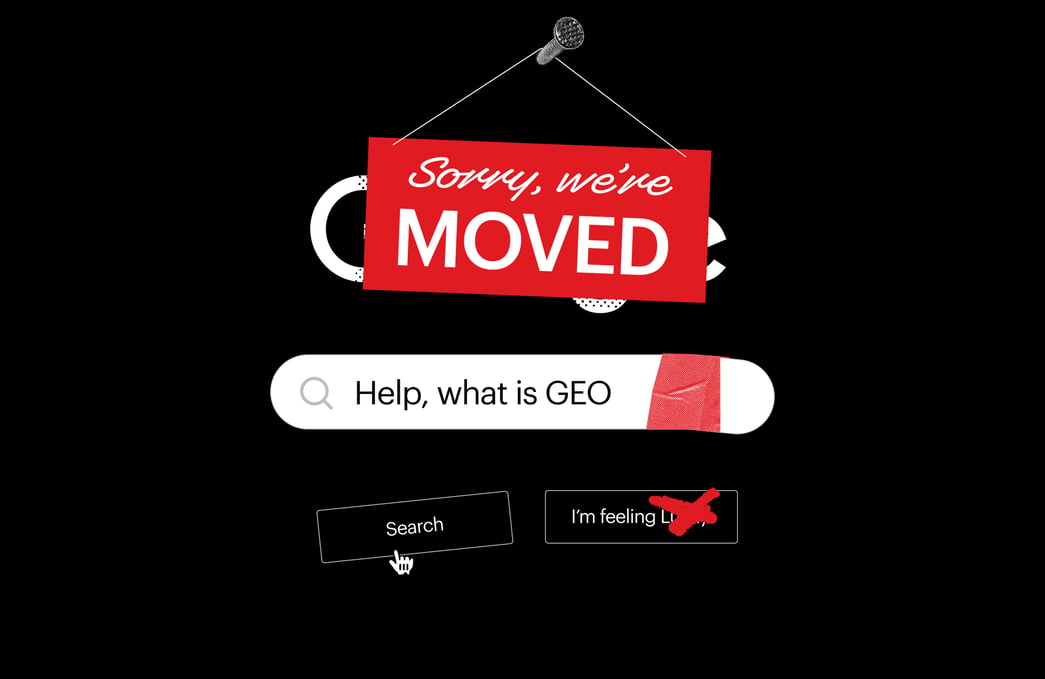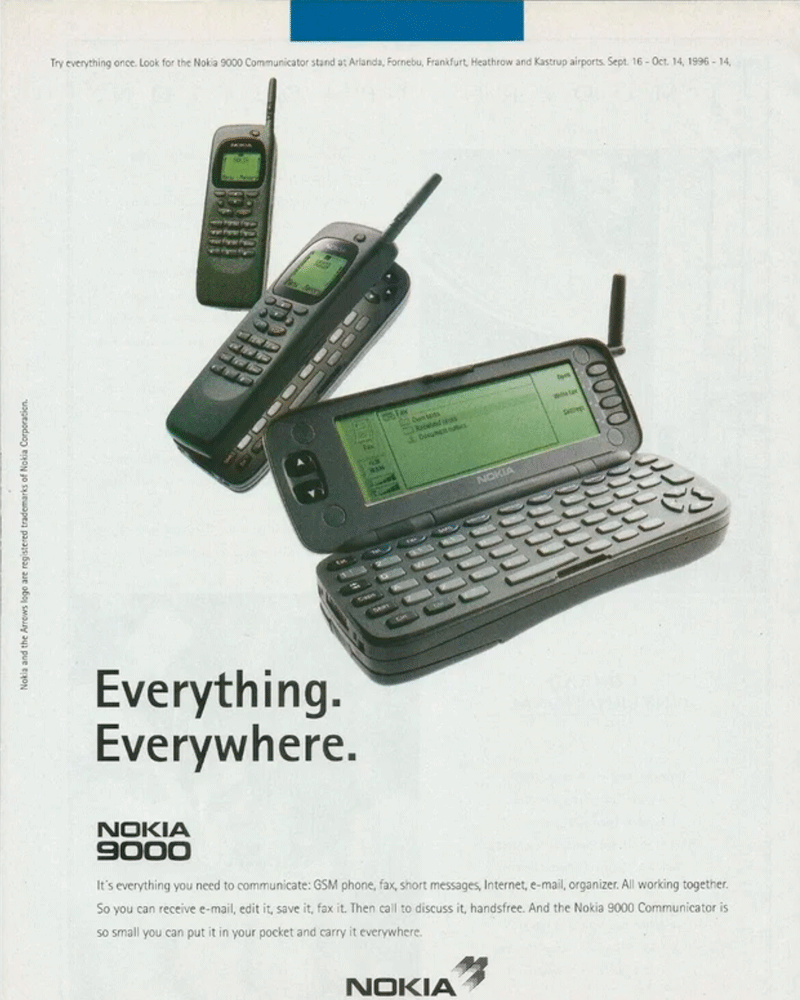
“I can’t remember the last time I used Google!” said a colleague in a recent meeting. And so, the internet is moving and shifting... again. As important as Search Engine Optimization (SEO) has been to your business, GEO now can’t be ignored.
As generative AI tools like ChatGPT, Google Search Generative Experience (SGE), Google AI (Gemini), Claude, Perplexity AI, and many others become mainstream, how your brand is found, interpreted, and summarized is changing in real time. Welcome to the age of Generative Engine Optimization (GEO).
What Is GEO?
Vishvak Murahari, one of the authors of the seminal research paper on the topic, recently described (and I paraphrase) SEO as a black box and GEO as a black box full of black boxes. In fact, he described the mathematical improbability of ever getting close to breaking the code that would allow us to control the inputs and outputs of today's LLMs.
Generative Engine Optimization then is the emerging practice of optimizing your brand’s digital presence, not just for traditional search engines, but for large language models (LLMs) and AI-powered answers, like ChatGPT provides. It builds on the principles of SEO, but addresses the new tools that return one "ever-changing" synthesized answer, not a list of links.
In this new landscape, your brand may be:
- Summarized in a single paragraph by ChatGPT
- Pulled into an AI-generated buying guide on Perplexity
- Cited (or ignored) in Google's AI-generated search preview
In all of these scenarios, the question is the same: How do the machines understand your brand?
Why GEO Matters for Brand Leaders
“Your brand is the sum total experience of every interaction someone has with you,” said Blake Howard in his book Radically Relevant. GEO is the extension of that into the AI layer of the internet. It matters because:
- LLMs are the new front door. Like my colleague, increasingly, users ask questions in ChatGPT or Perplexity instead of googling. Your website might not be the first impression anymore.
- Summarization is identity. If an LLM simplifies your brand into a few bullet points, are those the right ones?
- Voice and tone matter. These tools don’t just regurgitate copy—they synthesize your tone, visuals, and structure into an answer.
What does a CEO need to know about Generative Engine Optimization (GEO)?
- GEO is not SEO with a new name.
- Measuring GEO is going to be more ambiguous. But, I think we are figuring it out. Email me if you are interested in hearing the five metrics that are gaining traction.
- GEO is less technical and more human.
- Experimentation is the right strategy today.
- Assign GEO to someone who knows your audiences and shows interest.
- Brand consistency and originality are paramount.
- The pace at which we transition from Google Search to Generative AI Conversations is going to be blistering.
- The good news: People who use AI for purchasing decisions arrive at your brand with much higher intent to purchase.
OK, that last one was for your CMO, but I hope this was helpful.
How to Optimize Your Brand for LLMs
- Stay human-first. GEO is for LLMs, but the goal is still to influence real people. Make sure your content helps, inspires, or guides human users.
- Curate your content. High-quality, well-structured, well-written blog posts, about pages, whitepapers, and service pages become prime sources for LLMs.
- Use llms.txt. Just like robots.txt tells search crawlers what to index and what not to index, llms.txt can tell LLMs what content you've approved for training and summarization. Group your content by key themes, add brand voice cues, and keep it updated.
- Ensure brand consistency. Use the same terminology, tone, and messaging architecture across your site. LLMs notice patterns. Your brand guidelines can include sections to help your marketing teams get this right.
- Monitor your LLM footprint. Regularly check how your brand is represented in ChatGPT, Claude, Perplexity, and others. Use human-generated prompts related to your brand and products. What is your Share of Model (SOM)?
Key Takeaways
This is really happening. In their “Predicts 2024: How Gen AI Will Reshape Tech Marketing” report, Gartner predicted that “by 2026, traditional search engine volume will drop 25%.” and be replaced by prompts in tools like ChatGPT.
GEO isn't just a technical exercise—it's a branding opportunity. It's your chance to:
- Reinforce your brand voice at scale
- Help AI tools get your story right
- Be found and recommended in new, intelligent ways
- To drive alignment and collaboration across your organization. Marketing, CX, product, and sales silos have to die.
In short: If SEO was about ranking, GEO is about reputation.
Brands who get this right now won't just be discoverable. They'll be relevant, and that's radical.
It’s time to take action.
- Begin monitoring your AI brand.
- Assign* GEO or take ownership of it.
- Build and install a LLMS.txt file on your website.
- Learn more practical ways to optimize your brand for GEO.
- Add the necessary sections to your brand guidelines so your team can get your AI reputation clarified.
*Note to HR: There is no one out there with 5-7 years of GEO experience so you can leave that bit off the GEO Manager job description.
Illustration thanks to Colin Pinegar.




